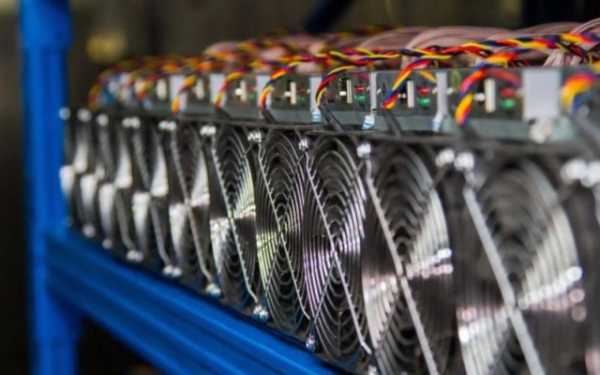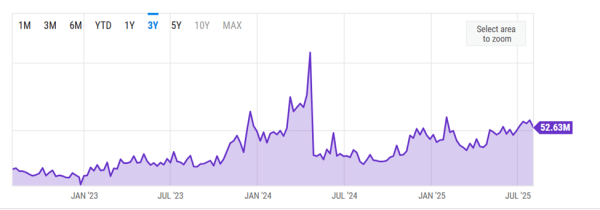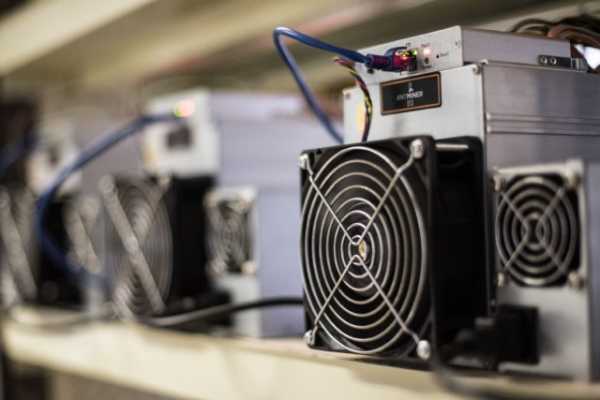Bitcoin Mining Difficulty Reaches New High

In August 2025, Bitcoin mining difficulty reached a record 127.6 trillion, indicating continued growth in the computing power that secures the network.
Despite increased technical difficulties, miners' profits continue to rise, a rare occurrence that analysts believe could signal a new phase in the Bitcoin (BTC) market cycle.
Bitcoin Mining Difficulty Reaches Record High
The next difficulty adjustment, scheduled for August 9, is expected to lower this figure slightly to around 124.71 trillion. The goal of the adjustment is to increase the block speed from 10 minutes 23 seconds to 10 minutes.

Periodic reconfigurations are important for Bitcoin stability. They keep the supply and network stable despite fluctuations in hashrate.
However, the anomaly is that higher mining difficulty has not reduced the profit margins for miners. On the contrary, network data shows that miner revenues peaked after the halving at $52.63 million per exahash per day.

“Bitcoin miner revenue per day is $52.63 million, down from $56.35 million yesterday and up from $25.64 million a year ago. This is a change of -6.61% from yesterday and 105.3% from a year ago,” analysts at ychart.com reported.
This is an important signal given rising energy prices and increasing competition in mining. In a recent post, Bitcoin mining analytics firm Blockware Intelligence highlighted this divergence.
“Bitcoin mining bull case? BTC/USD is rising faster than mining difficulty. Over the past 12 months: > BTC/USD +75% > Mining difficulty: +53%. Bitcoin miner profitability is increasing,” the company said in a recent post .
Rising Profits Signal Bullish Reversal
Historically, when Bitcoin's price rises faster than mining difficulty, it occurs in the early stages of bull market cycles. Similar patterns were seen in 2016 and mid-2020, preceding significant price rallies.
The profit growth reflects the demand dynamics: the current Kimchi premium in South Korea is +0.6%, which indicates high interest in BTC in the region. The Kimchi premium is the difference in price between local exchanges and global markets.
Together with the introduction of more efficient ASIC devices and the growth of institutional investment in mining, this points to the good health of the sector and optimism about the future of Bitcoin.
Also worth remembering is BTC’s scarcity. More than 94% of the 21 million coins have already been mined, and the stock-to-flow ratio is around 120 — twice that of gold. The cryptocurrency’s scarce nature protects it from inflation and money devaluation, even with short-term price fluctuations.
However, the market has not yet priced in the improvement in the network’s fundamentals. After the July highs, Bitcoin has fallen below $115,000, indicating a temporary gap between the technical health of the network and investor sentiment.
Analysts attribute this divergence to macroeconomic challenges, trade policies, and changing capital flows. Meanwhile, miners appear to be outperforming the market. Rising difficulty, increasing margins, and strong regional demand could mark a turning point in the mining economy and the Bitcoin cycle. If history repeats itself, network strength could soon be reflected in the price.
Источник: cryptocurrency.tech



